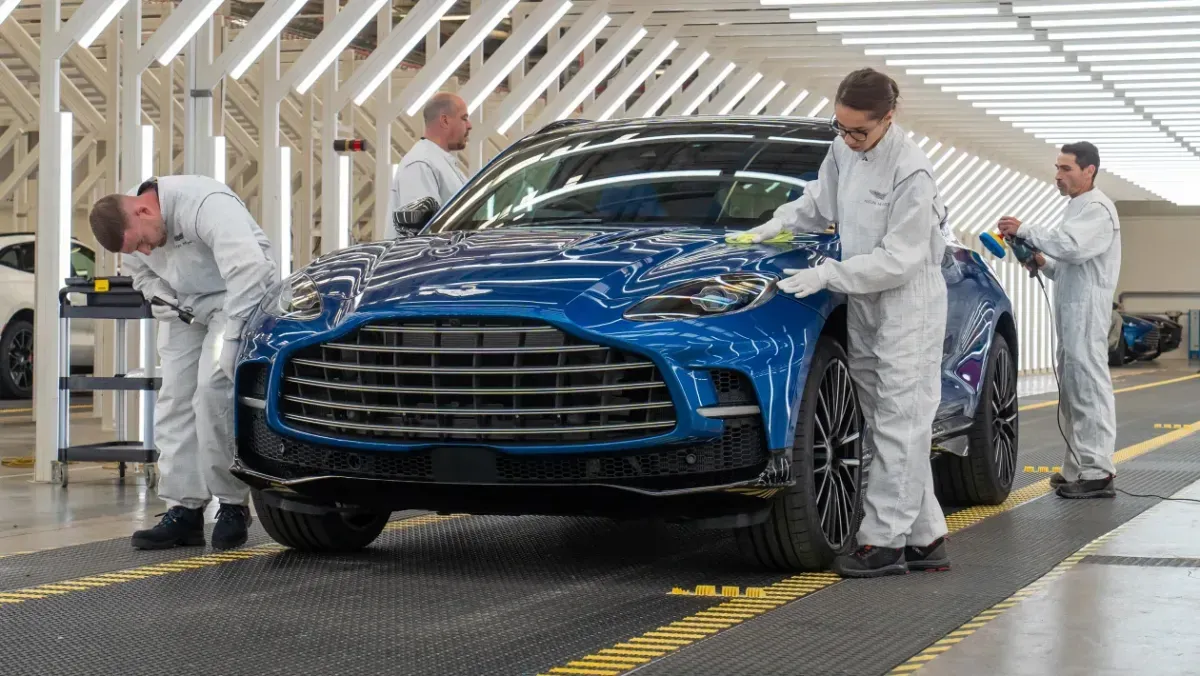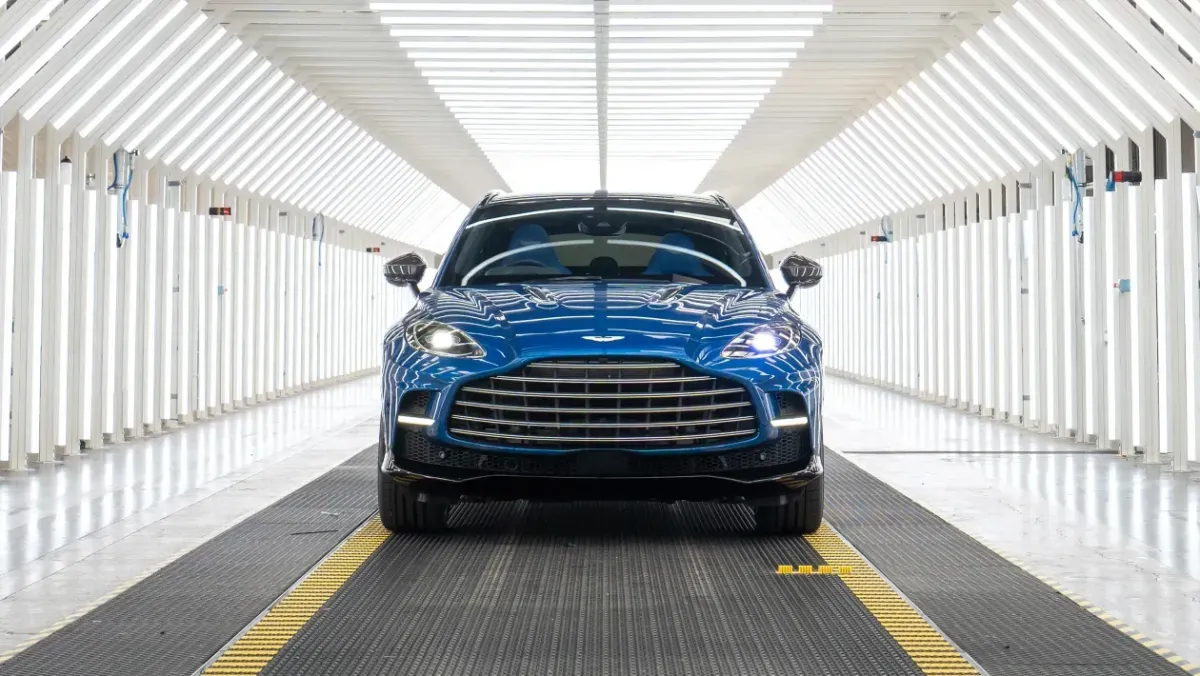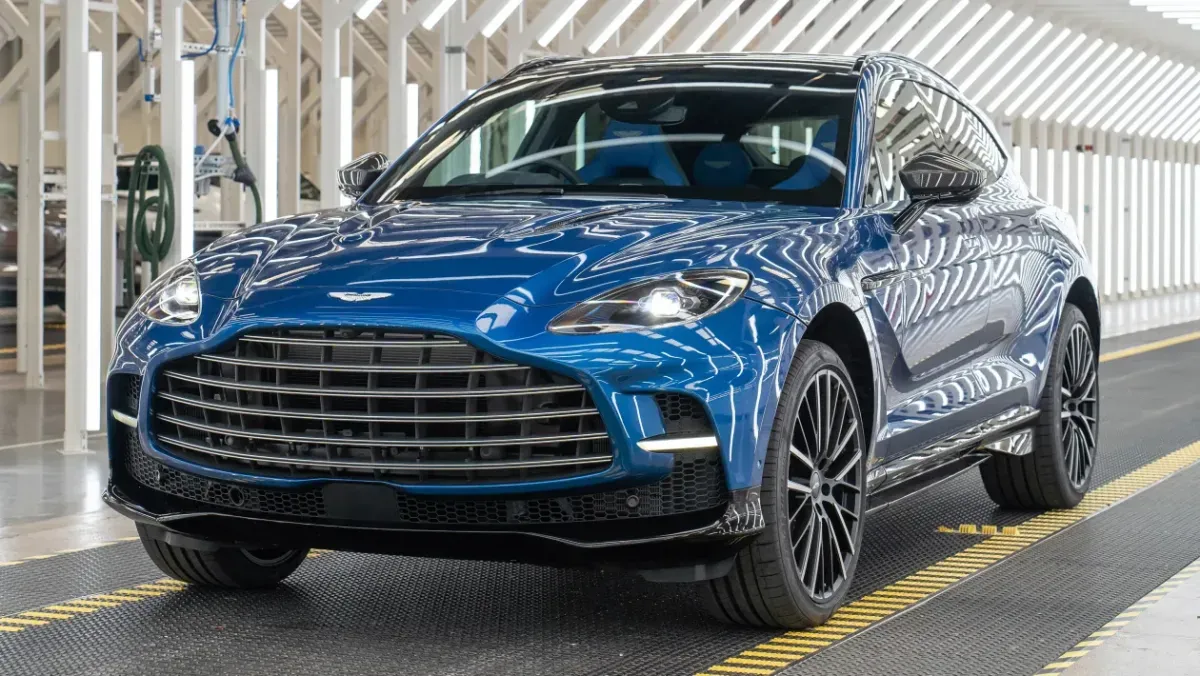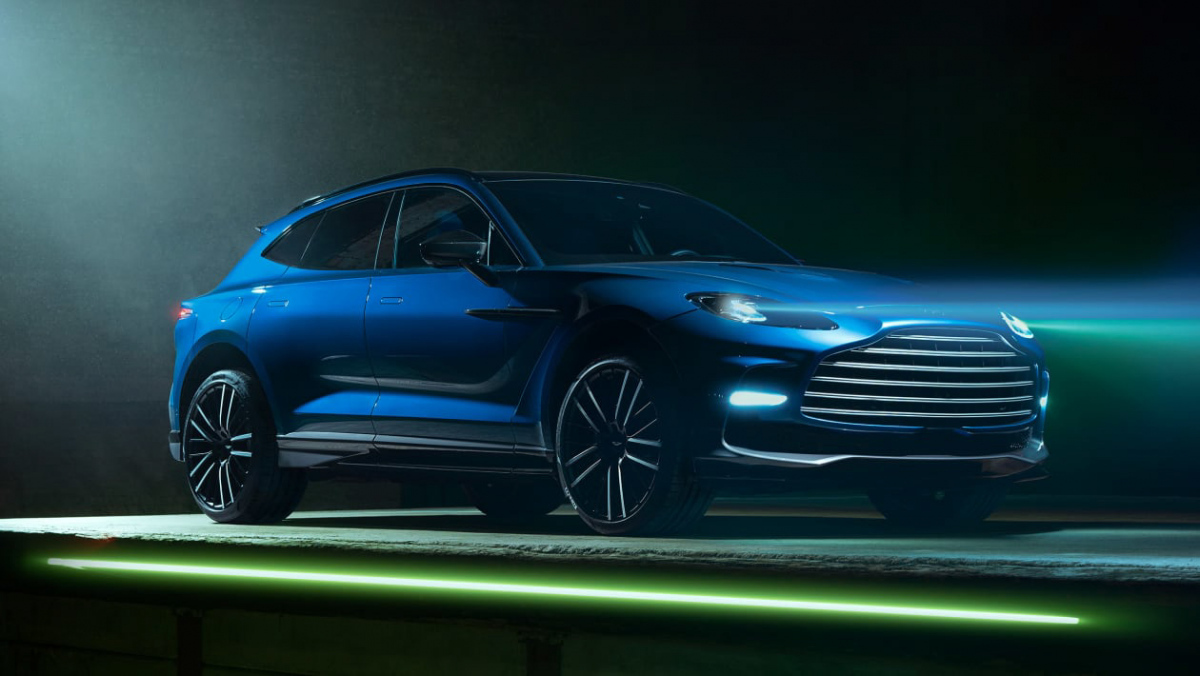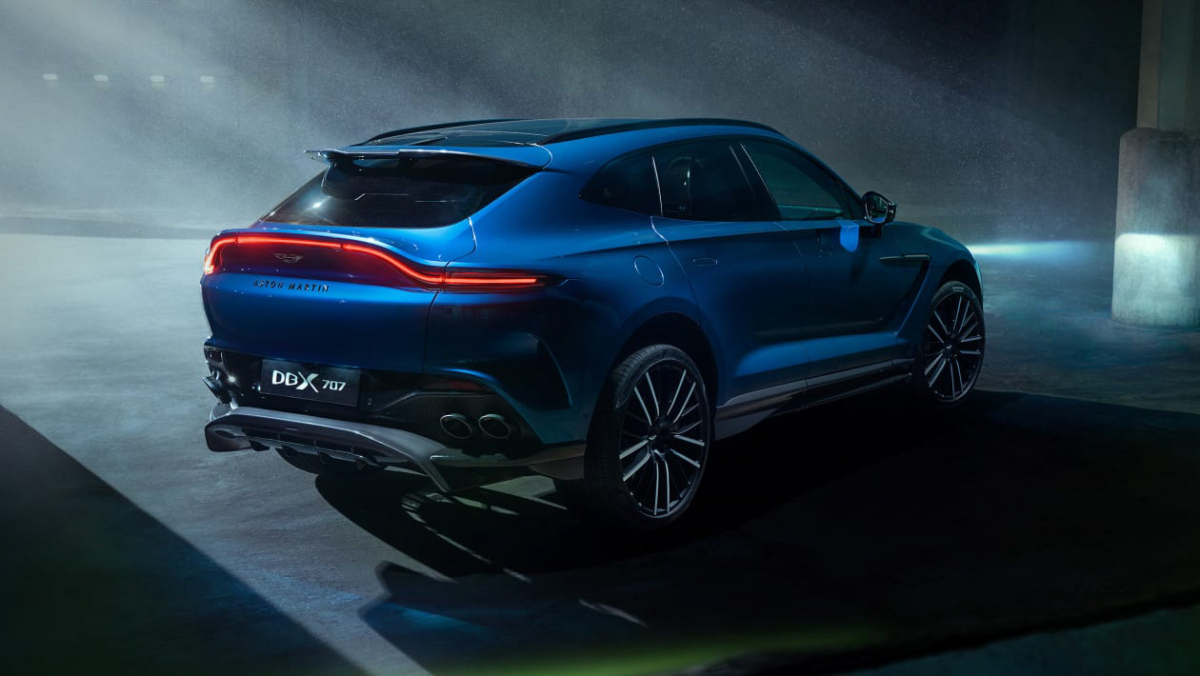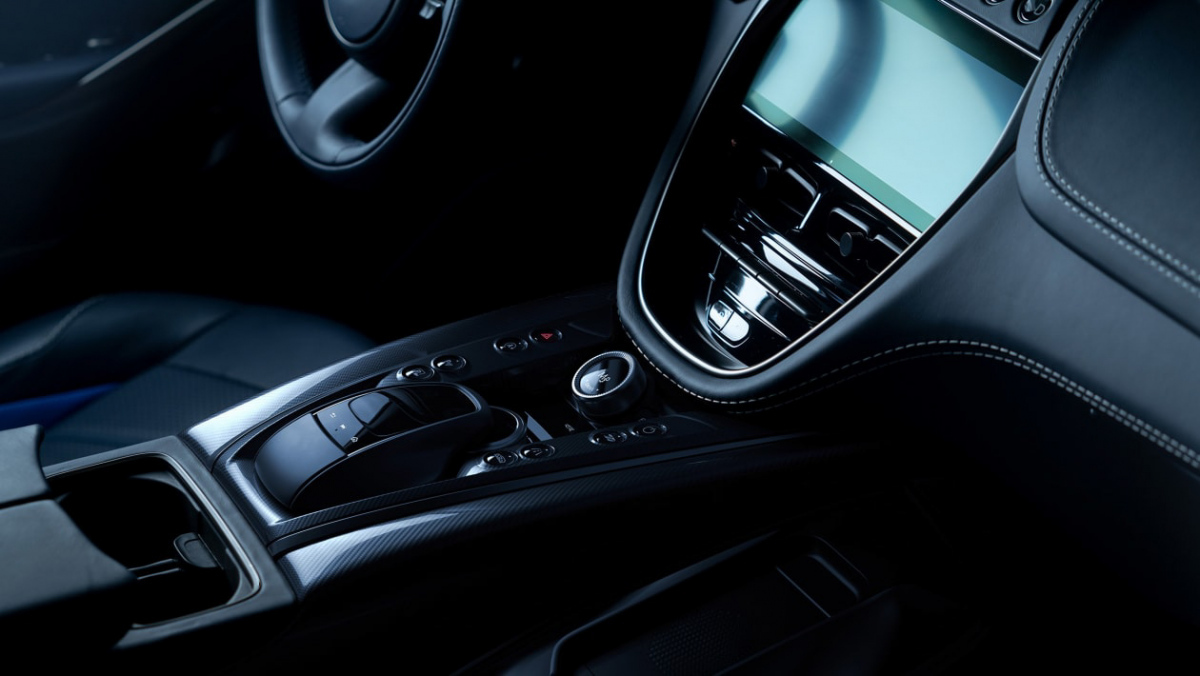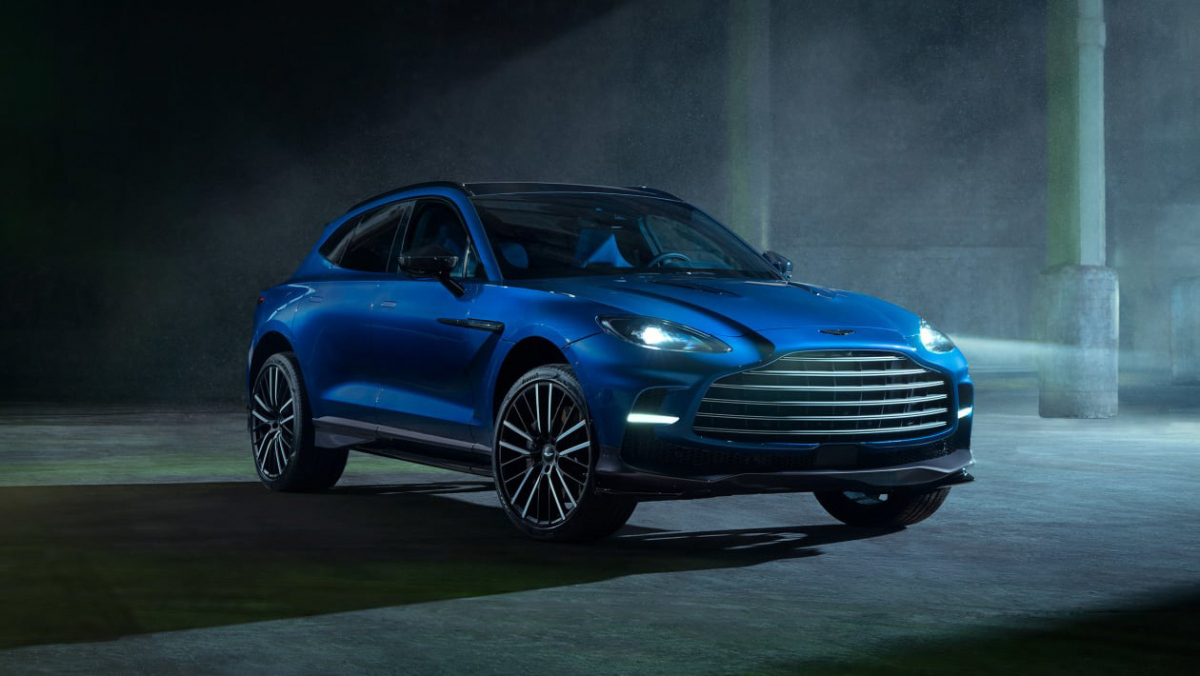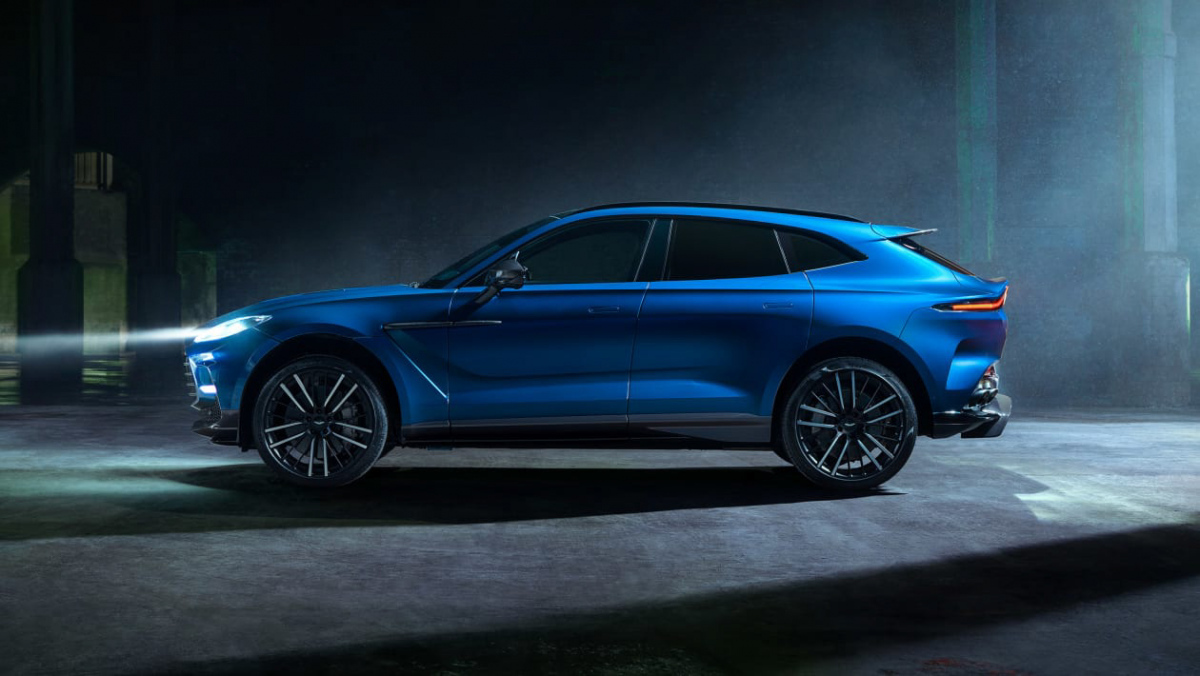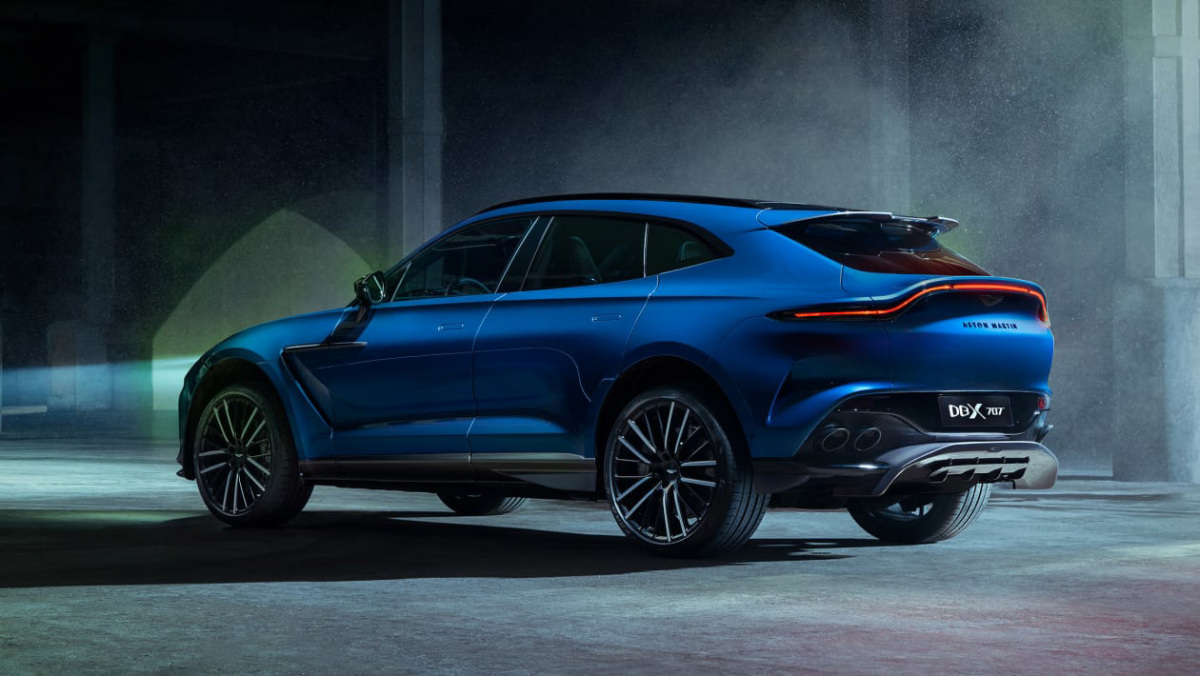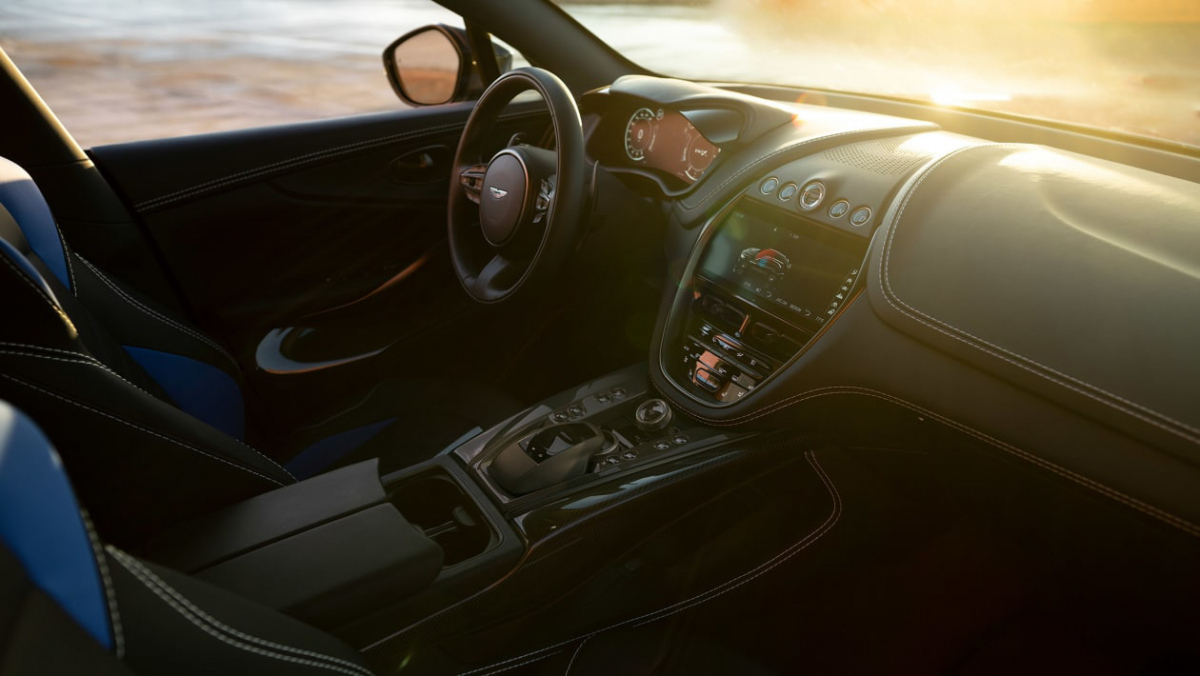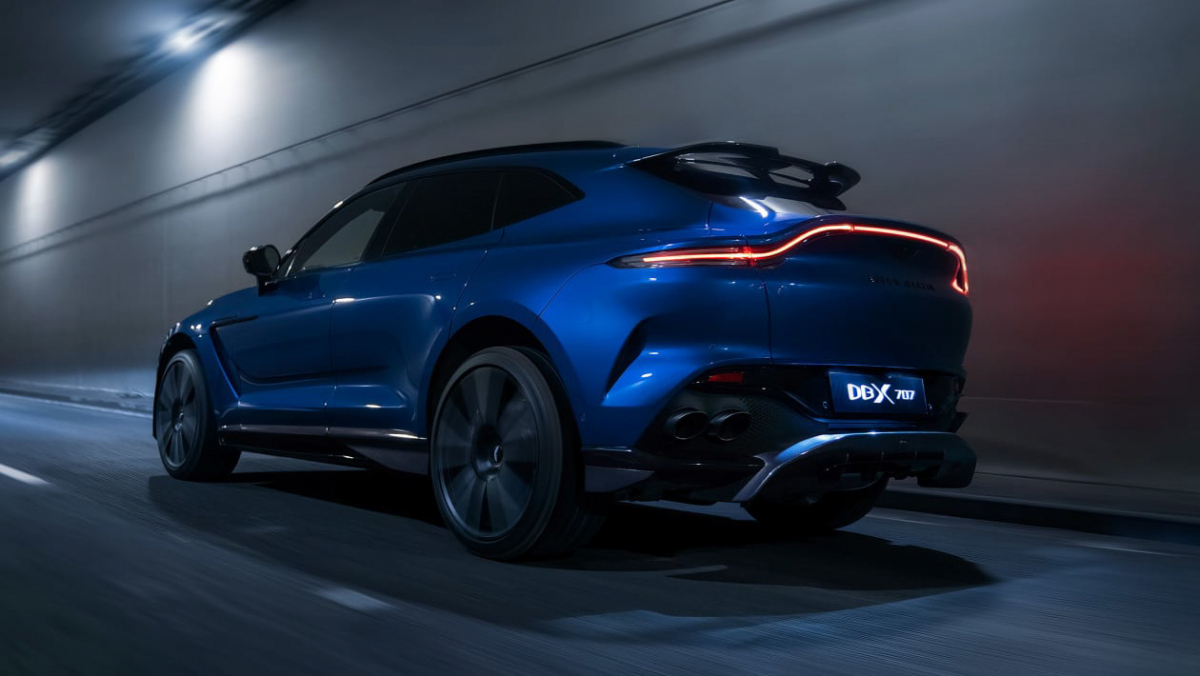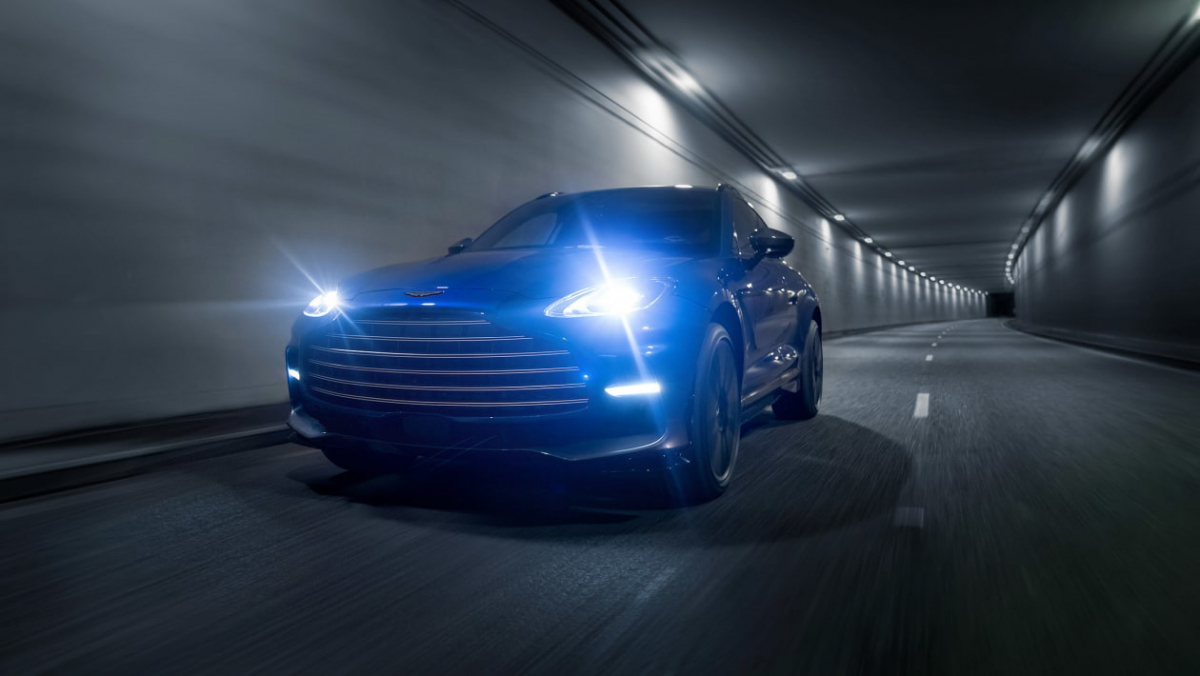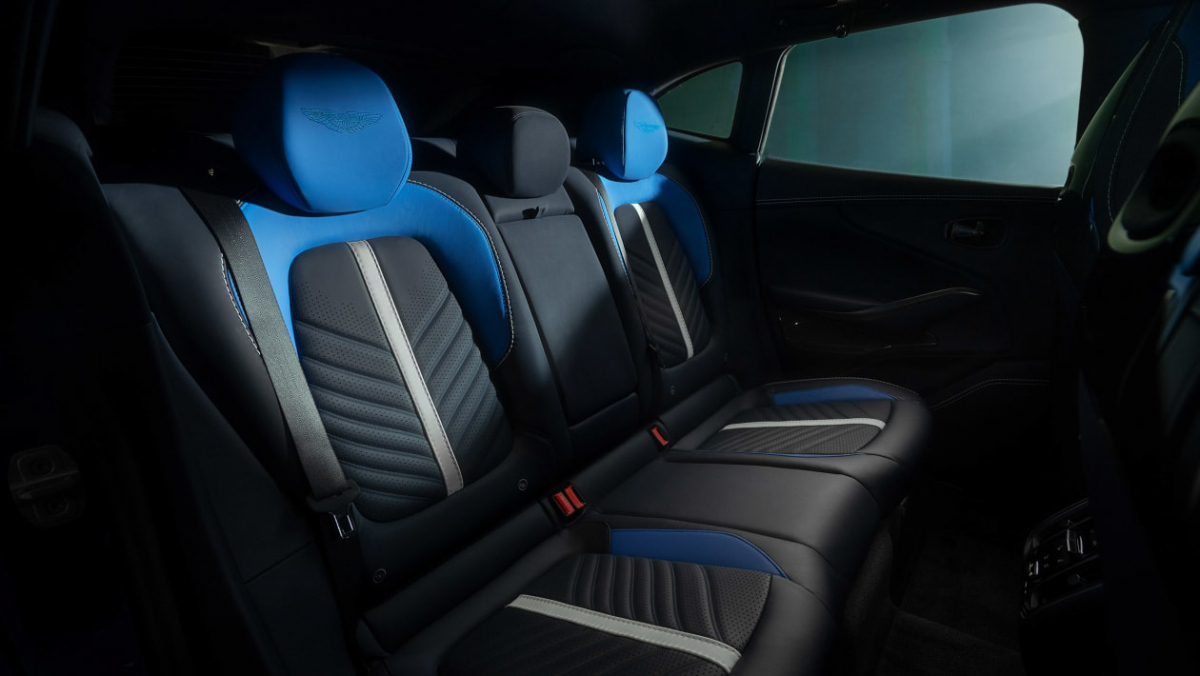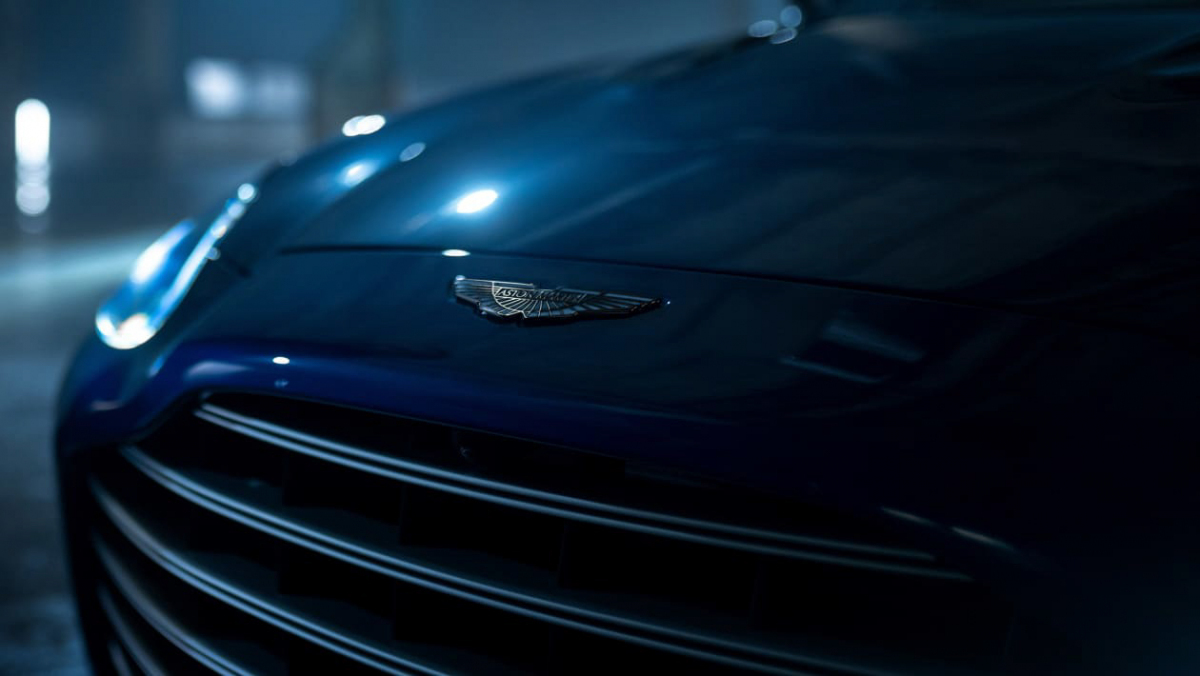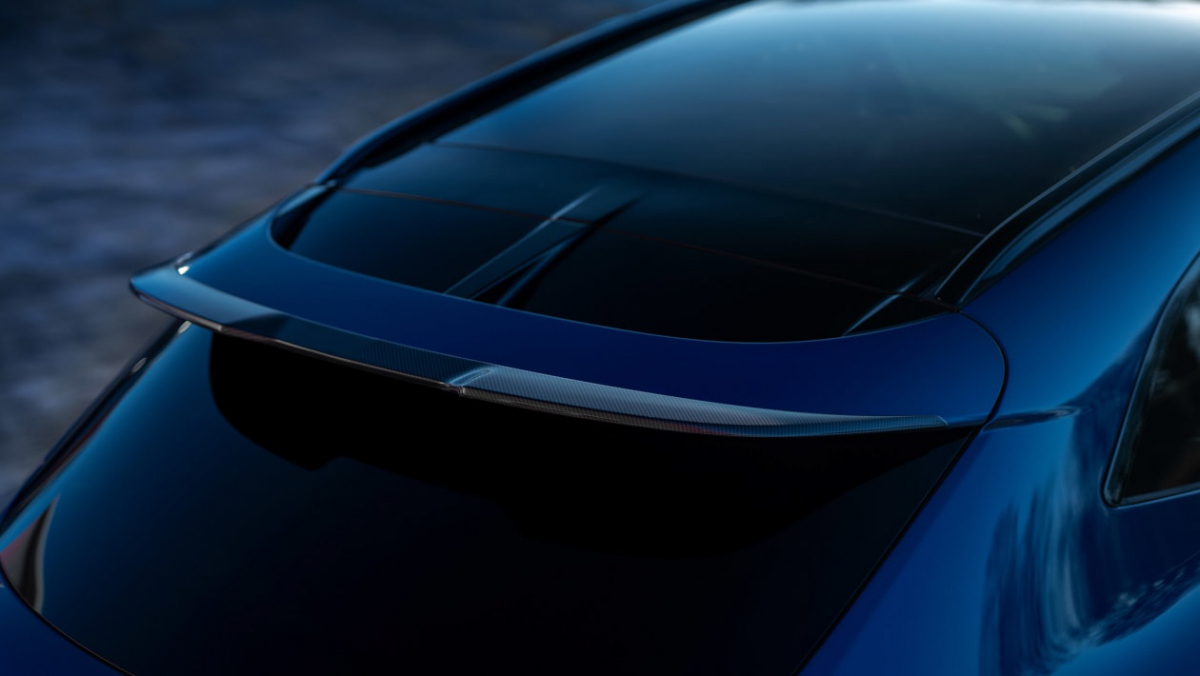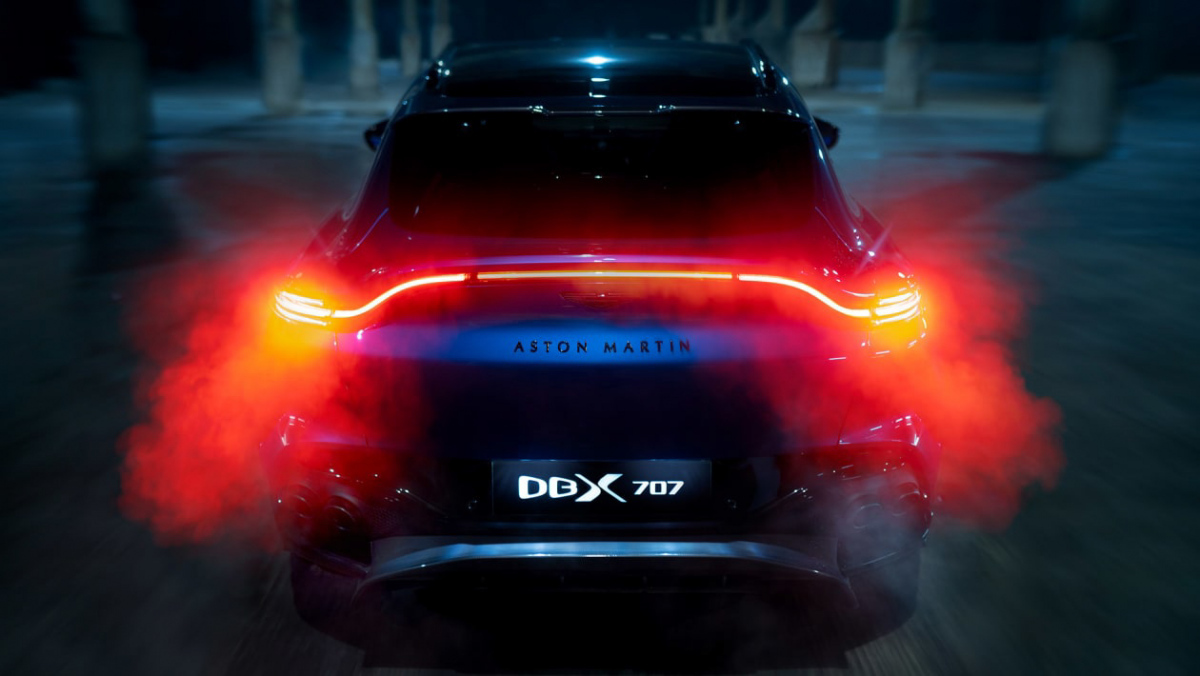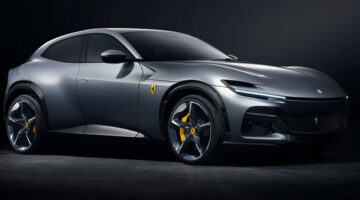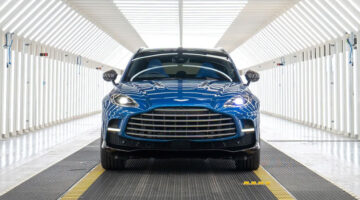Aston Martin’s DBX flagship takes on the fastest performance SUVs from Porsche and Lamborghini, and the first example has rolled off the production line
Aston Martin‘s DBX707 flagship joins the regular 542bhp V8 and China only six-cylinder hybrid in its SUV lineup, and following our first drive earlier this year, production has finally begun at the marque’s St Athan plant in Wales.
Aston Martin has stuck with the existing AMG-sourced M177 twin-turbo 4-litre V8 found in the standard DBX, Vantage models and most 63-monikered AMGs for the 707, albeit one that has undergone some significant internal hardware and software changes in its bid to chase maximum horsepower and torque outputs. Mercedes-AMG does still offer a more powerful model than the 707 on account of the 831bhp GT63 S E Performance, but its 134bhp advantage comes on account of its electrified rear axle, not the V8 itself.
To this end the powertrain engineers at Aston Martin, headed by Ralph Illenberger, have liberated nearly 80bhp more than any use in an AMG model, itself a 155bhp rise over the standard DBX. Torque has also increased, from 516lb ft to 664lb ft, with the 707 generating both more power and torque than Porsche’s impressive Porsche Cayenne GT Turbo and Lamborghini’s Urus.
To achieve these figures Aston Martin has substantially reengineered many of the V8’s innards, plus the use of new fast spinning, more efficient ball-bearing turbochargers, a revised intake, oil cooling and exhaust systems and, as expected, given the engine a bespoke ECU map.
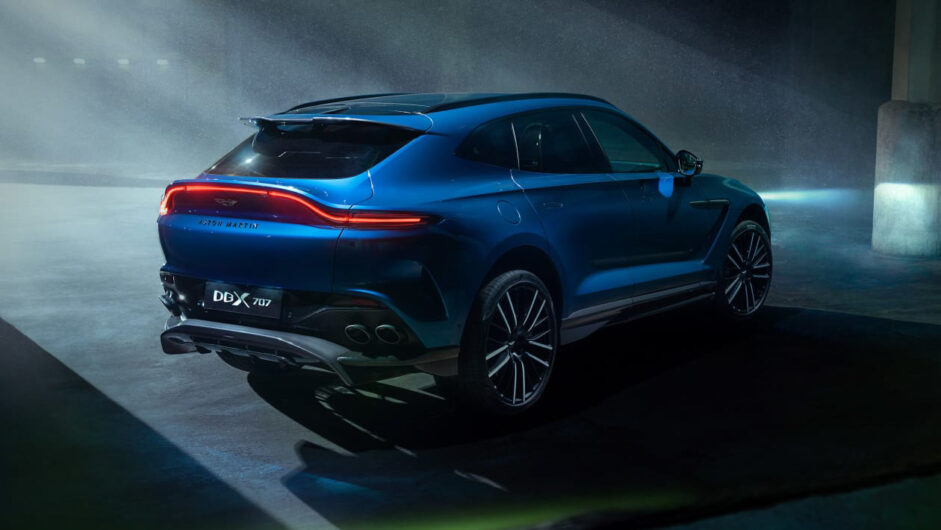
Channeling all this new-found power is the job of AMG’s nine-speed ‘Speedshift’ wet-clutch automatic gearbox, replacing the regular V8’s nine-speed torque converter unit. The new gearbox has, according to Aston Martin, both faster and more feelsome shifts and, crucially, an increased torque rating to handle the 707’s 663lb ft of torque. There’s also a new, faster reacting electronically-controlled limited-slip e-differential mounted on the rear axle, with an uprated carbonfibre prop shaft fitted and the final drive ratio lowered from 3.27 to 3.07.
The result of all this extra power, new transmission, shorter ratios and revised launch control software is a reduced 0-100kph time, which will now pass by in just 3.3sec, a whopping 1.2sec quicker than the standard car and faster than all its key rivals from Lamborghini, AMG, BMW M and Audi, while matching the current speed champion, the Cayenne GT Turbo. It’ll reach 160kph in 7.4sec and happily run all the way up to 310kph, a pair of triumphs over the Porsche which completes those benchmarks in 7.7sec and 300kph. And despite a 2245kg DIN weight it’s still lighter than its key rivals from Audi and Mercedes-AMG and on a par with the Porsche and Lamborghini Urus.
Carbon ceramic brakes are fitted to the DBX707 as standard, which includes larger 420mm front discs and six-piston calipers at the front and 380mm items at the rear with sliding calipers. These new ceramic brakes also offer a substantial 40.5kg total unsprung weight saving. The standard wheel size remains 22-inches, but as with all MY22 DBX models, a new 23-inch wheel and tyre package is also available, wrapped in bespoke Pirelli P Zero 285-section tyres at the front, with 325-section rears and said to improve steering response and lap times as a result, the track the natural habit for a 2.2-ton SUV…
Aston’s chassis engineers have also been busy fettling what was already one of the more engaging and capable SUVs, with new tuning for the adaptive triple-chamber air springs, and electronic active anti-roll system. As with the base DBX, the front suspension is double wishbone, with a multilink system at the rear, but crucially, the mounting points in the chassis are made from cast aluminium sections, stiffening up the mounting points and giving engineers more breadth to tune the suspension itself to a more precise level. The steering response has also been recalibrated to work with the reduction in unsprung mass due at each corner, the fine tuning achieved through geometry and component changes, with heavier weighting now a feature once on the move.
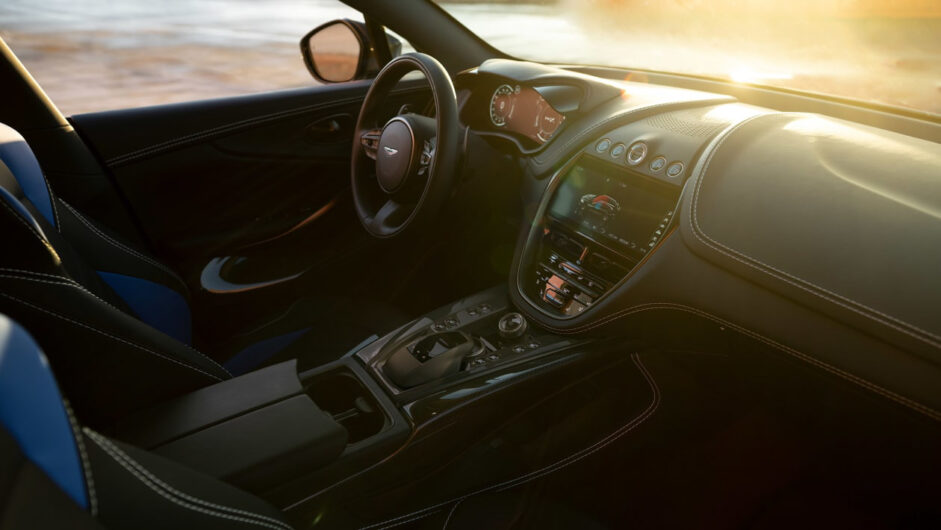
Accompanying the DBX707’s extra performance capability is an exterior redesign to identify the 707 as the flagship DBX model. There’s a new front bumper, side skirts, rear bumper and rear diffuser that all include aggressive aero appendages, especially around the rear where it almost looks like a miniature Valkyrie-like diffuser has been placed between the new quad-exhaust outlets.
There’s also a new front grille that’s significantly upsized, with new twin-bar horizontal bars that will also be seen on future Aston Martin performance flagships, however the DBX’s distinctive DRL and indicator intake surrounds have been removed in favour of less dramatic horizontal bars. Inside there are a number of trim and material updates, including standard sports seats (comfort seats are a no cost option), however Aston Martin’s plans to update the Mercedes sourced infotainment system remains someway off. The centre console has been modified, though, featuring a new rotary controller for selecting the driver modes rather than having to use the onscreen menu function as per the existing V8 model. The button count has also been reduced alongside the HMI controllers.
All that’s left to do is drive it, which shouldn’t take too much longer as the DBX707 is due to enter full production by the end of Q1 2022, with deliveries commencing in Q2. Local pricing has yet to be confirmed, but with the base DBX starting at $222,000, we’d suggest the 707 could get very close to topping $270k – an almost certainty with an option box or two ticked.
This article originally appeared at evo.co.uk
Copyright © evo UK, Autovia Publishing

